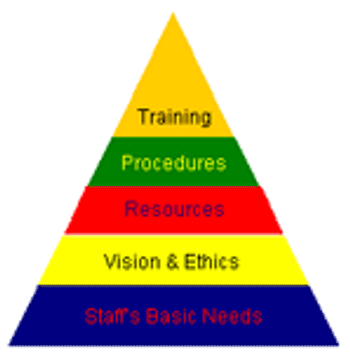
Equine herpes virus-1 (EHV-1) is, for multiple reasons, a problematic infectious disease in the horse.

Equine herpes virus-1 (EHV-1) is, for multiple reasons, a problematic infectious disease in the horse.

What is pain? "An unpleasant sensory and emotional experience associated with actual or potential tissue damage" (International Association for the Study of Pain)

The newborn young of predatory species are usually altricial. That is, they are quite helpless, neurologically immature, and have limited learning ability.

During the eighth decade of the twentieth century a change in horsemanship began in the Pacific Northwest of the United States of America

The potential value of haematology in equine practice is well documented by numerous case series reports and experimental studies.

Definition: Lateral or medial deviation to the long axis of the bone in the frontal plane

Biochemical testing is imperative in the diagnosis of both liver disease and liver failure.

Each species acquires, by means of natural selection, genetically fixed physical and behavioral characteristic which help to ensure its survival in its natural environment.

Breeding associated emergencies and peri-parturient emergencies

Equine Recurrent Uveitis (ERU) is the most common cause of equine blindness and it has an estimated yearly cost to the equine community of 100 to 250 million dollars.

In the field of equine neurology, there has been the discovery of a few new disorders, in addition to some newer diagnostics, and/or therapeutics.

For decades after the discipline of psychiatry had been established as an accepted specialty, many medical schools continued to fail to train their students in the fundamentals of this discipline.

What are we managing? Hydration, dehydration, ongoing losses, ingesta, inflammation, pain, distention, motility and ileus, endotoxemia.

Borrelia burgdorferi is a common infection in horses in parts of the U.S and Europe.

Nonsteroidal anti-inflammatory drugs (NSAIDs) are the most widely used analgesic agents in equine medicine.

Those structures that can be associated with lameness: hoof, synovial structures, bone, tendons, ligaments.

Once a determination has been made that an animal has been exposed to a toxicant or is intoxicated, a general approach to case management should adhere to the following principles.

Common sources of poor performance: lameness, upper airway, lower airway, cardiac, myopathy, or any combination of the above.

Leptospirosis is caused by a highly invasive, spiral bacteria in the genus Leptospira.

The equine ocular exam is a routine ophthalmic exam with special consideration given to the size, temperament and use of the animal being examined.

Sources of respiratory noise: laryngeal hemiplegia, dorsal displacement of the soft palate, pharyngeal collapse, alar fold flutter, epiglottic entrapment, axial deviation of aryepiglottic folds, lower airway inflammatory disease.

Types of musculoskeletal trauma: wounds and lacerations, skin, deep structures (tendon, ligament, joint, bone), vascular injury, nerve injury, fracture.

Thorough and timely assessment play a significant role in successful treatment of the critical colic.

We have all heard of the carrot or stick approach to horse training, or the 2 X 4 approach of getting a mule's attention before training.

Veterinarians often are called upon to help their clients sort out all of the commercial choices available when equine products are being purchased. Equine nutritional products (primarily feeds), vitamin, mineral and other performance supplements and joint-protection products tend to be the three areas where client confusion abounds and veterinary clarification is sought.